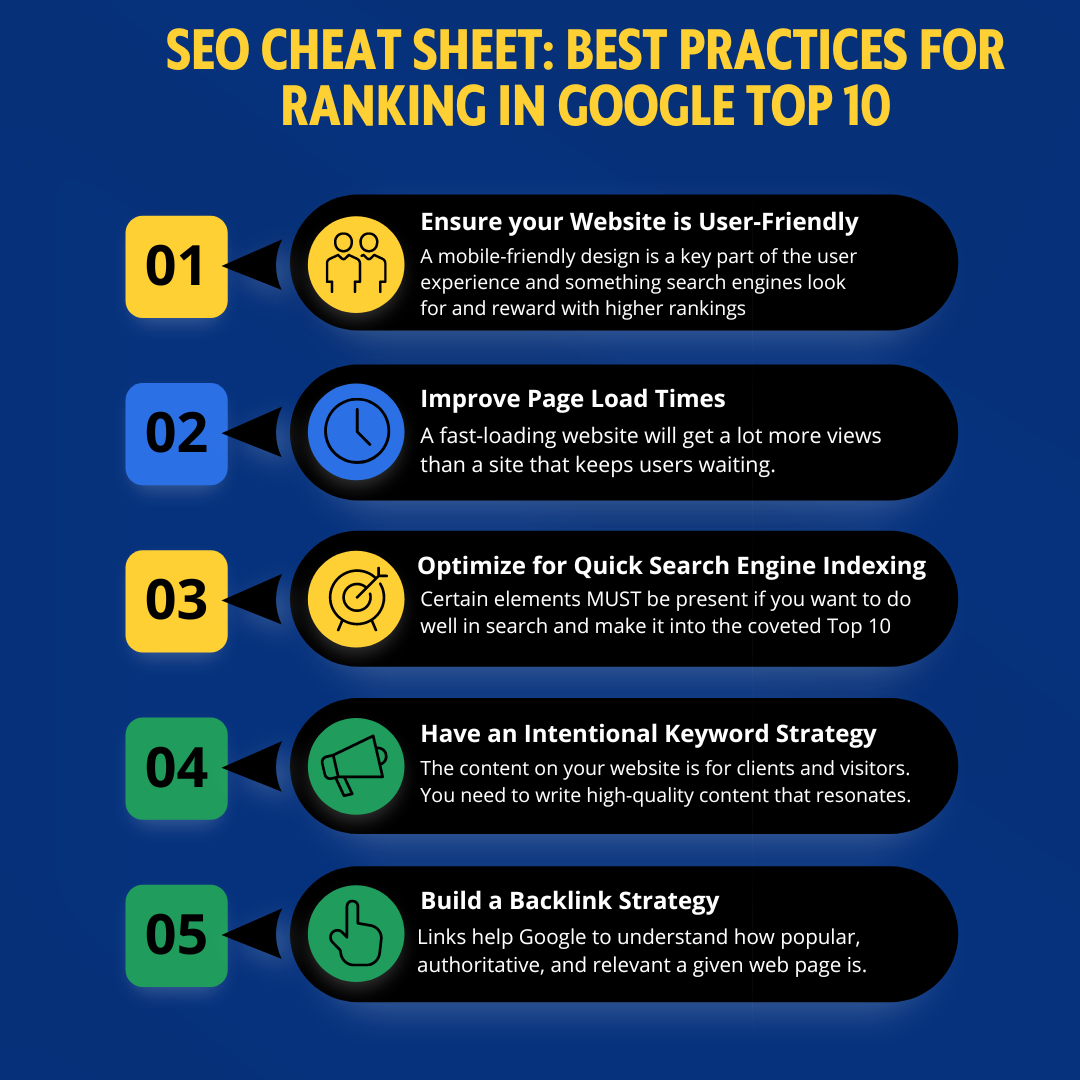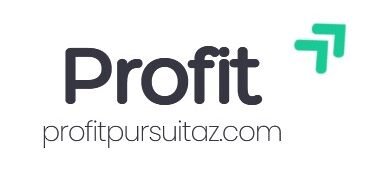Whats the Best Practices for Google SEO: Expert Tips
Effective Google SEO practices begin with understanding search engine algorithms. It involves optimizing content to increase visibility and attract more visitors.
SEO is crucial for businesses aiming to enhance their online presence. By following best practices, you can improve your site’s rank on Google. This means more traffic and potential customers. Understanding SEO is key to success in digital marketing. SEO evolves constantly, with Google updating its algorithms regularly.
Staying informed about these changes is essential. It’s not just about keywords anymore; it’s about user experience and content relevance. High-quality content that answers user queries is vital. Page speed, mobile-friendliness, and backlinks also play roles. Each element contributes to a site’s visibility and credibility. Knowing these practices can significantly boost your site’s performance. Embrace them for effective online marketing.
Keyword Research
Keyword research is the backbone of any successful SEO strategy. It allows you to understand what your audience is searching for and how you can meet their needs. By targeting the right keywords, you can enhance your visibility on Google and attract more visitors to your site. But how do you find these golden keywords? Let’s dive into some practical steps.
Identifying Niche Keywords
Start by thinking about what makes your business unique. What specific products or services do you offer that others don’t? These are your niche keywords. They are often less competitive but highly relevant to your target audience.
Imagine you’re running a vegan bakery. Instead of targeting broad keywords like “bakery,” focus on niche keywords such as “vegan gluten-free cupcakes” or “organic vegan sourdough bread.” These pinpointed phrases can help attract the right customers.
Ask yourself: what problems does my business solve? The answers can guide you in identifying niche keywords that resonate with potential customers. Remember, specificity is your friend in keyword research.
Using Keyword Tools
Keyword tools are essential for finding the right words to target. They provide insights into search volume, competition, and related keywords. Tools like Google Keyword Planner, SEMrush, and Ahrefs are popular choices among SEO professionals.
These tools are like a treasure map for marketers. They reveal how often people search for particular terms and suggest other keywords you might not have considered. Even if you’re new to SEO, these tools can simplify the process.
Don’t forget to analyze the results. Look at the search trends and see if a keyword’s popularity is increasing or decreasing. This can help you stay ahead of the curve and adjust your strategy accordingly.
Have you ever used a keyword tool and found a gem that transformed your traffic? Share your experience and insights below. Your story could inspire someone else to take the leap into effective keyword research.

Content Optimization
Content optimization is crucial for successful Google SEO. It involves tailoring content to enhance visibility and relevance. Effective content optimization improves search engine rankings. It also engages readers, which boosts site traffic and interaction.
Crafting Engaging Titles
Titles are the first thing people see. They should grab attention immediately. Use clear and concise language. Include primary keywords in your titles. This helps search engines understand your content. Keep titles under 60 characters. This ensures they display fully in search results.
Utilizing Meta Descriptions
Meta descriptions summarize the content of a page. They appear under the title in search results. Use them to entice users to click through. Write descriptions that are clear and compelling. Include relevant keywords naturally. This helps with search visibility.
Keep meta descriptions under 160 characters. This ensures they display correctly. A well-written meta description can significantly improve click-through rates.
On-page Seo
On-Page SEO helps search engines understand your website. It focuses on optimizing individual pages. This improves your site’s visibility. Effective On-Page SEO attracts more visitors. It leads to higher rankings in search results.
Optimizing Header Tags
Header tags give structure to your content. They guide readers and search engines. Use them to highlight important sections. The H1 tag should describe your page’s main topic. Use H2 and H3 tags for subtopics. This hierarchy makes your content easy to follow. It also improves search engine understanding.
Keep header tags clear and relevant. Include keywords naturally. Avoid keyword stuffing. This keeps your content readable. Good header tags enhance user experience. They also help with SEO.
Improving Url Structure
A clean URL structure benefits SEO. It makes your site easier to navigate. Short, descriptive URLs perform better. They help search engines understand your page content. Use keywords in your URLs. This improves relevance and searchability.
Avoid using special characters. Stick to hyphens to separate words. This makes URLs more readable. Consistent URL structure helps with site organization. It enhances both user and search engine experience.

Technical Seo
Optimizing website performance involves enhancing page speed, ensuring mobile compatibility, and securing HTTPS. Streamlined site structure and efficient crawling improve search engine visibility. Properly using meta tags and structured data helps Google understand content better, boosting rankings effectively.
Technical SEO is the backbone of your website’s performance on search engines like Google. It involves optimizing the infrastructure of your site to ensure search engines can crawl and index it effectively. Addressing technical aspects can significantly improve your site’s visibility and ranking. So, what are the best practices in technical SEO that you should focus on? Let’s delve into some key areas.Enhancing Site Speed
Site speed is crucial. A slow website frustrates users and leads to higher bounce rates, which can hurt your SEO. You might not realize how much impact site speed has until you compare a slow-loading page with a fast one. Imagine waiting for several seconds just to see a website load; you’d probably click away and find another site. To enhance speed, compress images and use browser caching. Tools like Google PageSpeed Insights can offer suggestions specific to your site. Have you checked your site’s load time recently?Implementing Mobile Friendliness
More people browse the internet on mobile devices than desktops. If your site isn’t mobile-friendly, you’re missing out on a huge audience. Google prioritizes mobile-first indexing. This means it evaluates the mobile version of your site for ranking. A responsive design ensures your site adapts seamlessly to different screen sizes. Test your site on various mobile devices. You might be surprised how differently your site appears. A mobile-friendly site not only boosts SEO but enhances user experience, keeping visitors engaged longer. Have you considered how accessible your website is on mobile?Link Building
Building quality backlinks is vital for Google SEO. Focus on earning links from reputable sites. Create valuable content that others want to share and link to naturally.
Link building is a crucial aspect of Google SEO that can significantly impact your website’s ranking. It involves acquiring hyperlinks from other websites to your own, which helps Google determine the relevance and authority of your content. But what’s the best way to go about it? Let’s dive into the essentials of link building, focusing on earning quality backlinks and avoiding link schemes. ###Earning Quality Backlinks
Quality over quantity should be your mantra when it comes to backlinks. A single link from a high-authority site is more valuable than dozens from low-quality websites. Start by creating content that others want to link to. This could be an insightful article, a comprehensive guide, or even a unique infographic. Ask yourself, would you share this content if you stumbled upon it? Reach out to industry influencers or bloggers who might find your content useful. A polite email highlighting the benefits of your content can lead to valuable backlinks. You can also guest post on reputable sites. This not only earns you a backlink but also puts your content in front of a new audience. Make sure the site is relevant to your niche for maximum impact. ###Avoiding Link Schemes
Engaging in link schemes is a shortcut to disaster. Google can penalize your site if it detects manipulative link-building practices. Avoid buying links. It might seem tempting, but purchased links often come from low-quality sites that can harm your SEO. Steer clear of excessive link exchanges. Trading links with every site under the sun can signal to Google that you’re trying to manipulate rankings. Participate in forums and comment sections, but don’t spam links to your site. Provide value and context if you do include a link. Have you ever been tempted to take a shortcut with link building? Remember, the risks often outweigh the benefits. Focus on building authentic, high-quality links that genuinely enhance your content’s value.User Experience
Improving your website’s user experience can significantly boost your Google SEO. It’s not just about keywords and links; how users interact with your site plays a crucial role. Imagine landing on a website only to find it confusing and hard to navigate. Would you stick around? Probably not. You want your visitors to feel comfortable and confident in finding what they need. Let’s dive into some best practices for enhancing user experience.
Enhancing Site Navigation
Good site navigation is like a reliable GPS for your website. It guides users seamlessly through your pages without confusion. Use clear, concise labels for your menu items, and ensure they are logically structured. Do not overcrowd your menu; keep it simple and focused.
Consider including a search bar. It’s especially helpful for sites with a lot of content. Think about a time you’ve visited a site with no search option. Frustrating, right? A search bar helps users find specific content fast.
Organize your pages in a way that makes sense to your audience. Use categories and subcategories to group similar content. This keeps users engaged and reduces bounce rates.
Improving Readability
Readability is key to keeping your audience hooked. Use short sentences and simple language. If your content reads like a complex academic paper, it might alienate some readers. Remember, not everyone who visits your site is an expert in your field.
Break up your text with bullet points and numbered lists. This makes information easier to digest. Picture yourself reading a long block of text. Wouldn’t you prefer it if the main points were highlighted and easy to scan?
Use headings and subheadings to structure your content logically. They guide users through your content, helping them find relevant sections quickly. Plus, they make your content more accessible to those using screen readers.
Incorporate visuals like images and videos to support your text. They can make complex ideas more understandable and engaging. A picture is worth a thousand words, especially when explaining intricate concepts.
Consider your own experience as a user. What makes you stay on a site? What makes you leave? Use those insights to improve your website’s user experience. What changes can you implement today to make your site more user-friendly?
Local Seo Strategies
Local SEO strategies boost your business’s visibility in local searches. They help connect with nearby customers. An effective local SEO strategy can drive more foot traffic. It enhances your local online presence and builds trust. Let’s explore key practices for local SEO success.
Optimizing Google My Business
Google My Business is crucial for local SEO. Ensure your business profile is complete. Include address, phone number, and business hours. Choose the right category for your business. Add high-quality photos to attract attention. Update your profile regularly with new information.
Respond to customer questions and reviews promptly. This shows you care about customer feedback. Use keywords in your business description. This improves your chances of appearing in local searches. Keep your contact information consistent across all platforms.
Encouraging Local Reviews
Local reviews can boost your business credibility. Ask satisfied customers to leave positive reviews. Make it easy for them to do so. Send them a direct link to your review page. Respond to all reviews, positive or negative. Thank customers for their feedback and address concerns.
Encourage honest reviews. They provide valuable insights and build trust. Display your reviews on your website and social media. This can attract more local customers. Reviews also enhance your business reputation in the community.
Monitoring And Analytics
Monitoring and analytics are essential for effective Google SEO practices. Tracking your website’s performance helps you understand what works and what needs improvement. With the right tools, you can see how users find your site and what they do once they’re there. This insight guides your strategy, ensuring your SEO efforts lead to tangible results.
Utilizing Google Analytics
Google Analytics is a powerful tool for monitoring website traffic. It offers detailed reports on user behavior, source of traffic, and conversions. Set up Google Analytics by adding a tracking code to your site. This allows you to gather data about visitors and their actions.
Check the analytics dashboard regularly. Look at metrics like page views, bounce rates, and session duration. These metrics show how engaging your content is. Use this data to identify which pages attract most visitors. Adjust your content strategy based on these insights.
Setting Up Search Console
Google Search Console helps monitor how your site appears in search results. Verify your site ownership and link it to your Google account. This tool provides information on search queries, clicks, and impressions. Analyze this data to understand your site’s visibility on Google.
Search Console also alerts you to indexing issues. Fix these issues to ensure your pages appear correctly in search results. Regularly check the performance reports. See which keywords drive traffic to your site. Optimize your content to target these keywords more effectively.

Conclusion
Mastering Google SEO requires patience and consistency. Start with keyword research. Ensure your website is mobile-friendly. Optimize page loading speed to retain visitors. Use quality content to engage your audience. Build backlinks from trusted sites. Regularly update and audit your website.
Monitor analytics for improvement opportunities. Follow these best practices to enhance your site’s visibility. Remember, SEO is a long-term commitment. With dedication, your efforts will pay off. Stay informed about Google’s latest updates. Adjust your strategies accordingly. Keep learning and experimenting.
Achieve better rankings with a steady approach.
